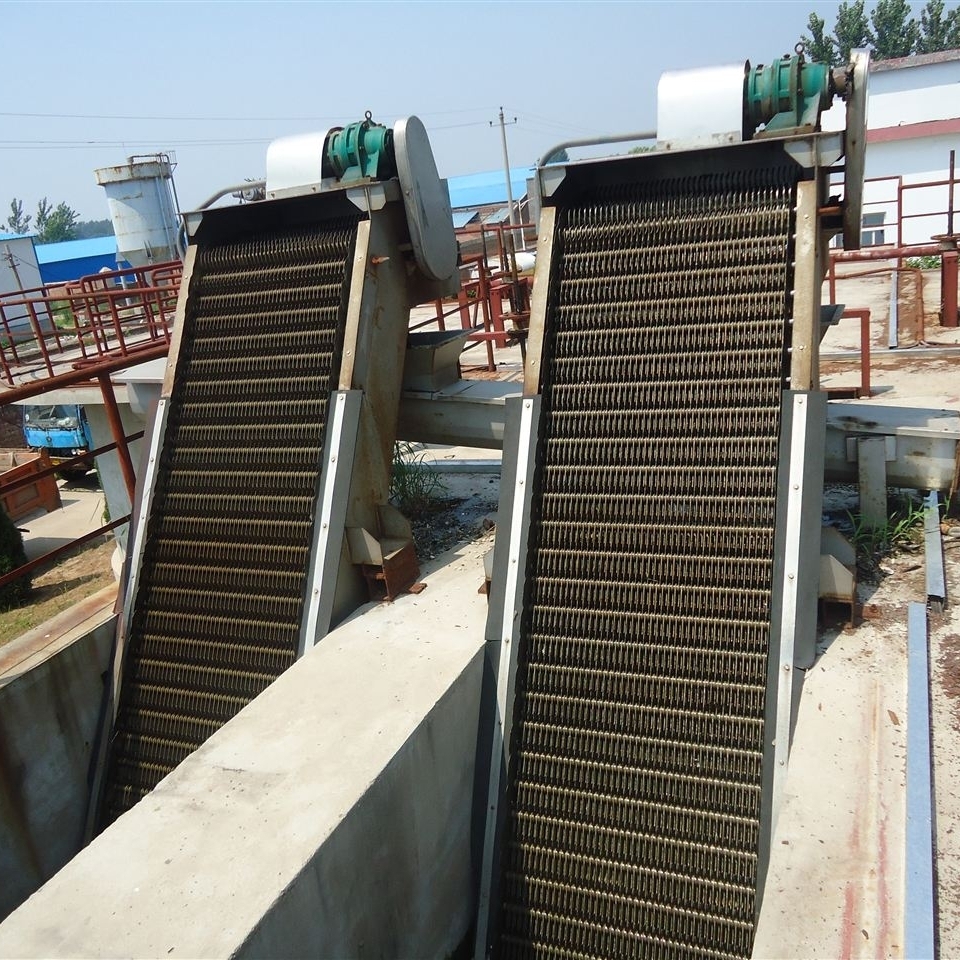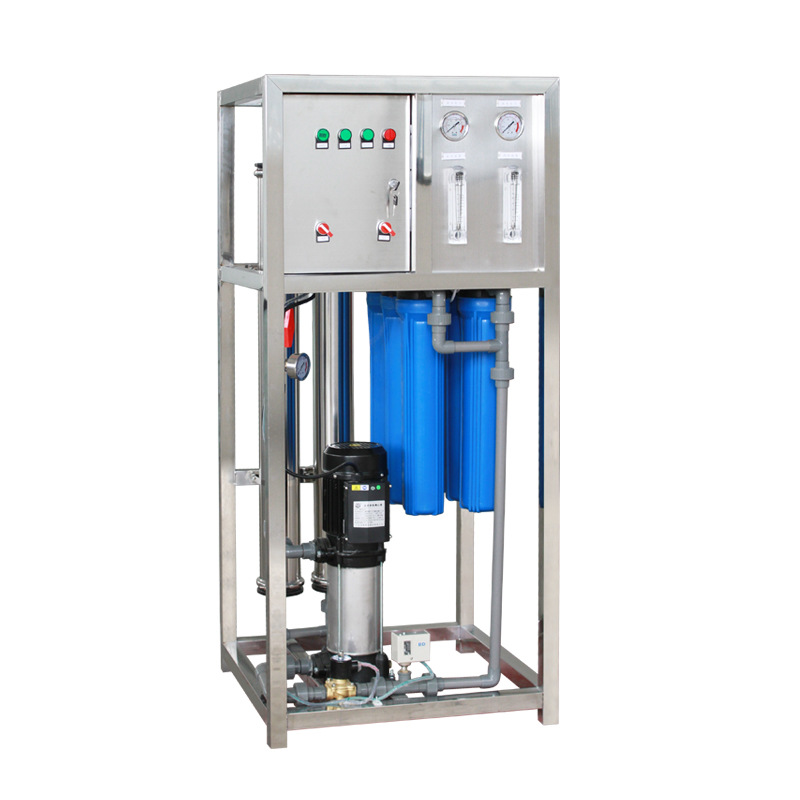
What is a contact tank?
1. A contact tank is a key unit used in wastewater treatment in chemical equipment. It primarily disinfects the effluent from the sedimentation tank. It inactivates harmful microorganisms by extending the contact time between the wastewater and the disinfectant. 2. The principle of a contact tank is to utilize the









